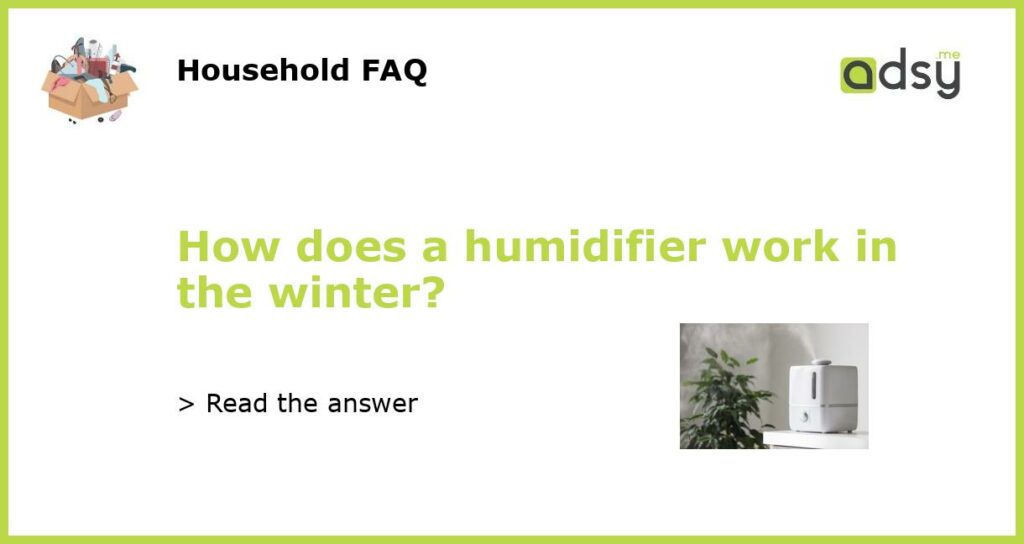What is a humidifier?
A humidifier is an electronic device that is used to add moisture to the air in an indoor space. This is particularly useful in winter months when the air tends to become dry due to low humidity levels. Humidifiers typically come in two types: cool mist and warm mist. Cool mist humidifiers use a fan to evaporate water, while warm mist humidifiers boil water to create steam. Both types of humidifiers work by introducing moisture into the air, increasing the humidity level and thus making it more comfortable for people to breathe.
How does a humidifier work?
Humidifiers work by taking in water, either from a built-in reservoir or through a hose connected to a water source, and using various mechanisms to turn that water into moisture that can be released into the air. For cool mist humidifiers, the water is typically passed through a wick filter that absorbs the water and then uses a fan to blow air through the filter, causing the water to evaporate and create a cool mist. For warm mist humidifiers, the water is boiled to create steam, which is then released into the air. Both types of humidifiers have a humidistat that measures the humidity level in the room and turns the device on or off as needed to maintain a consistent level of moisture in the air.
Why use a humidifier in the winter?
During the winter, the air in homes and buildings tends to become very dry due to heating systems and cold outdoor temperatures. This can cause a number of problems, including dry skin, nasal congestion, and respiratory issues. Using a humidifier can help to alleviate these symptoms by adding moisture to the air, which can make it easier to breathe and keep the body hydrated. Additionally, humidifiers can help to prevent damage to wooden furniture and flooring by maintaining proper moisture levels.
Care and maintenance of a humidifier
Like any electronic device, humidifiers require regular care and maintenance in order to function properly. It is recommended to clean the device thoroughly every couple of weeks, ideally using distilled water if possible to avoid mineral buildup in the machine. Depending on the model, filters may need to be replaced periodically as well. It is also important to monitor the humidity level in the room and adjust the device as needed to maintain a comfortable level of moisture in the air.
Health benefits of using a humidifier
In addition to alleviating dry skin and respiratory issues, using a humidifier can have a number of other health benefits. For example, it can help to reduce the risk of infection by keeping the mucous membranes in the nose and throat moist, which can help to trap bacteria and viruses. It can also relieve allergy symptoms by reducing the amount of airborne allergens in the room. Additionally, humidifiers can help to reduce snoring by keeping the airways lubricated and preventing the throat from becoming dry and irritated during sleep.






